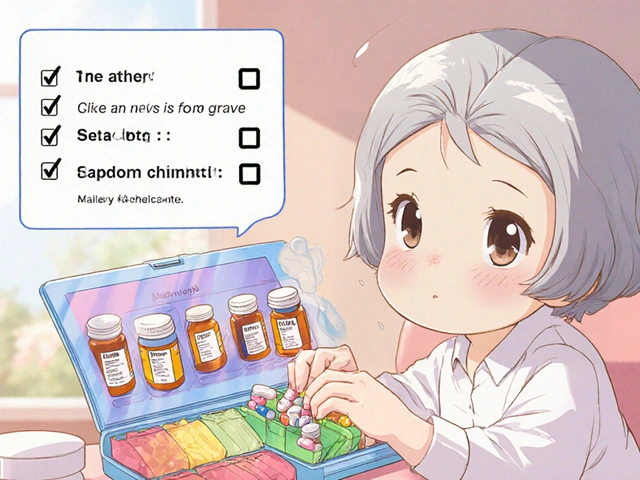Antifungal Therapy Overview
When dealing with Antifungal Therapy, the use of medicines to treat or prevent fungal infections in humans. Also known as antifungal treatment, it plays a crucial role in managing conditions ranging from athlete's foot to invasive candidiasis. Antifungal therapy encompasses a variety of drug classes, each designed to target specific fungal structures or metabolic pathways.
One of the most common related entities is fungal infection, an invasion of body tissues by opportunistic or pathogenic fungi. Understanding the infection type—whether superficial, like tinea corporis, or systemic, like aspergillosis—guides the choice of drug, route, and duration. Another key entity is the azole antifungal, a class that inhibits ergosterol synthesis, essential for fungal cell membranes. Azoles such as fluconazole and itraconazole dominate outpatient care because they’re oral, have broad coverage, and are relatively inexpensive.
Core Concepts Behind Effective Treatment
Effective antifungal therapy requires proper drug selection, which hinges on three factors: the organism’s susceptibility, the infection site, and patient-specific considerations like liver function. For deep‑seated infections, systemic antifungal treatment, intravenous or high‑dose oral agents that reach internal organs becomes essential. Echinocandins, for instance, target the fungal cell wall and are preferred for invasive candidiasis because they have low toxicity and minimal drug‑drug interactions.
Resistance is a growing challenge. When fungi develop antifungal resistance, the ability to survive despite exposure to standard doses of antifungal drugs, clinicians must pivot to alternative agents or higher doses, often guided by susceptibility testing. This dynamic influences therapy choices, prompting the need for ongoing monitoring and sometimes combination therapy to overcome resistant strains.
Prophylaxis—preventive antifungal therapy—forms another pillar, especially in immunocompromised patients such as bone‑marrow transplant recipients. Here, low‑dose azoles or polyenes are administered to curb potential invasive infections before they take hold. The decision to start prophylaxis balances the risk of infection against drug costs and side‑effect profiles.
In practice, the workflow looks like this: identify the fungal species, assess infection severity, choose a drug class (azole, echinocandin, polyene, or allylamine), decide on route (topical vs systemic), and monitor for side effects and resistance. For example, a dermatologist treating onychomycosis may start with a topical terbinafine, but if the infection is extensive, they might add oral terbinafine for better penetration.
Across all scenarios, patient education matters. Explaining dosing schedules, potential liver enzyme monitoring, and signs of treatment failure empowers patients to stay on track and report issues early. This collaborative approach reduces treatment gaps and improves outcomes.
Below you’ll find a curated list of articles that break down each drug class, compare treatment options, and dive into real‑world case studies. Whether you’re looking for a side‑by‑side comparison of azoles versus echinocandins, tips on managing drug interactions, or an overview of resistance trends, the collection offers practical insights you can apply right away.
Miconazole’s Role in Treating Invasive Fungal Infections
A clear guide on how miconazole works, its dosing, comparison with other antifungals, resistance issues, and practical tips for treating invasive fungal infections.
read more



